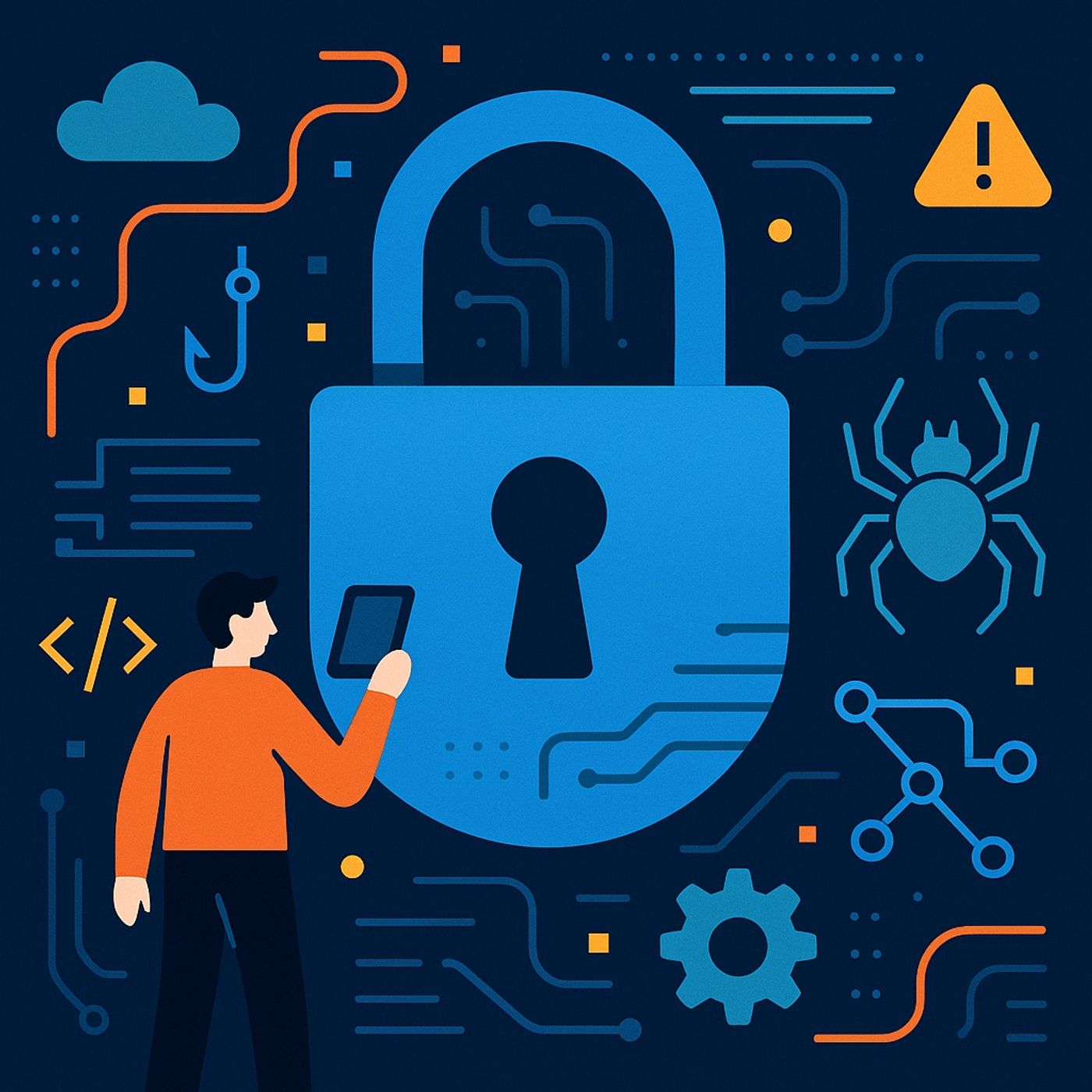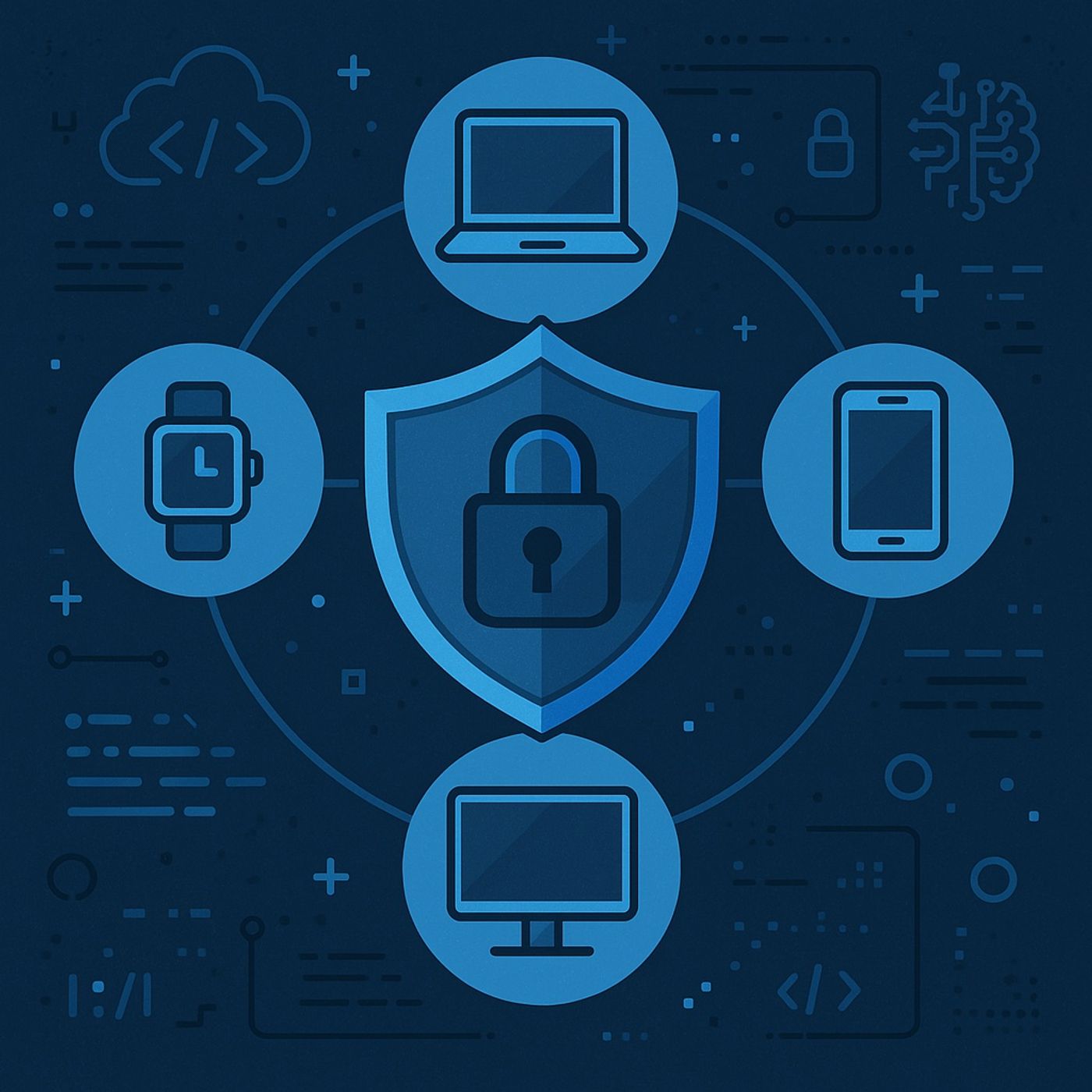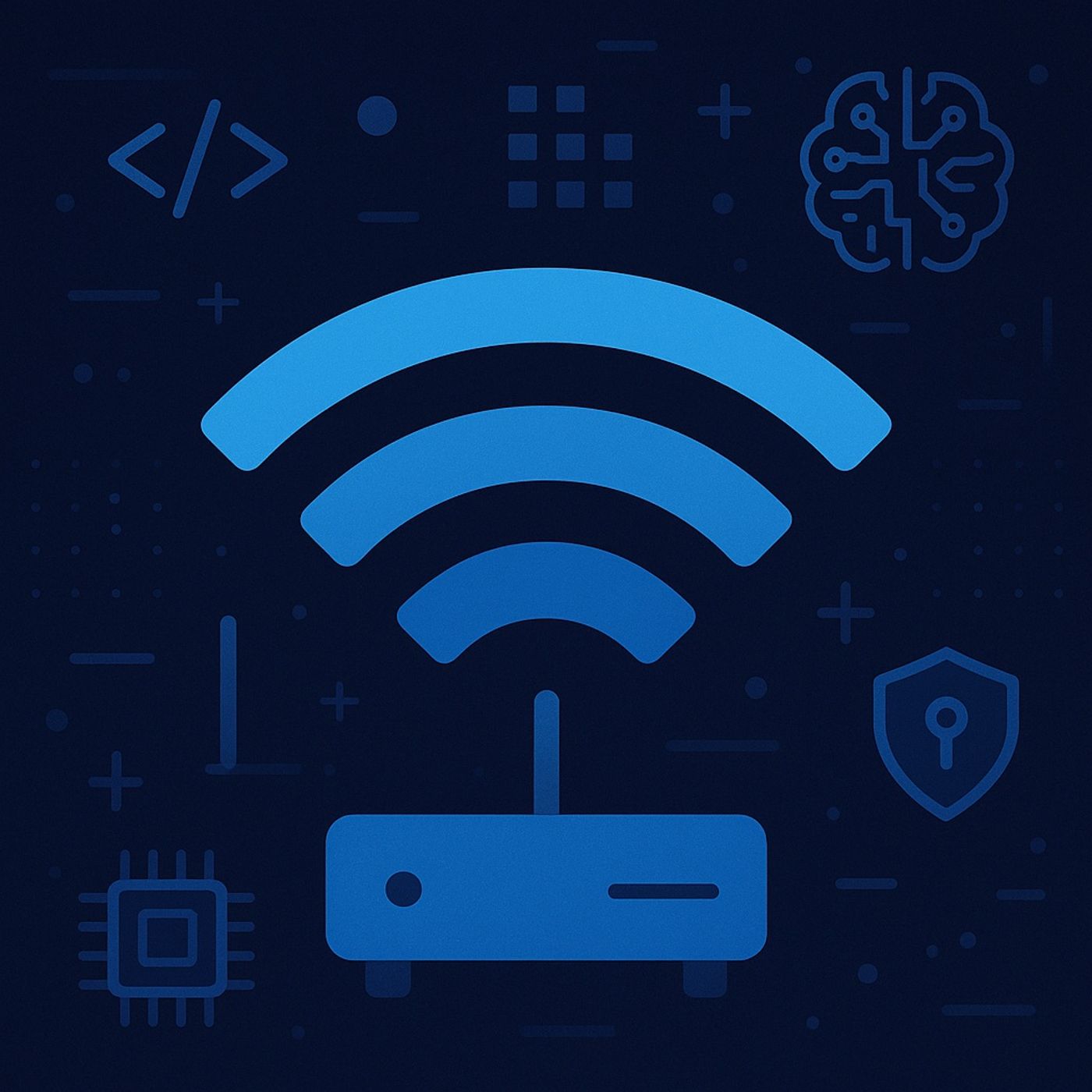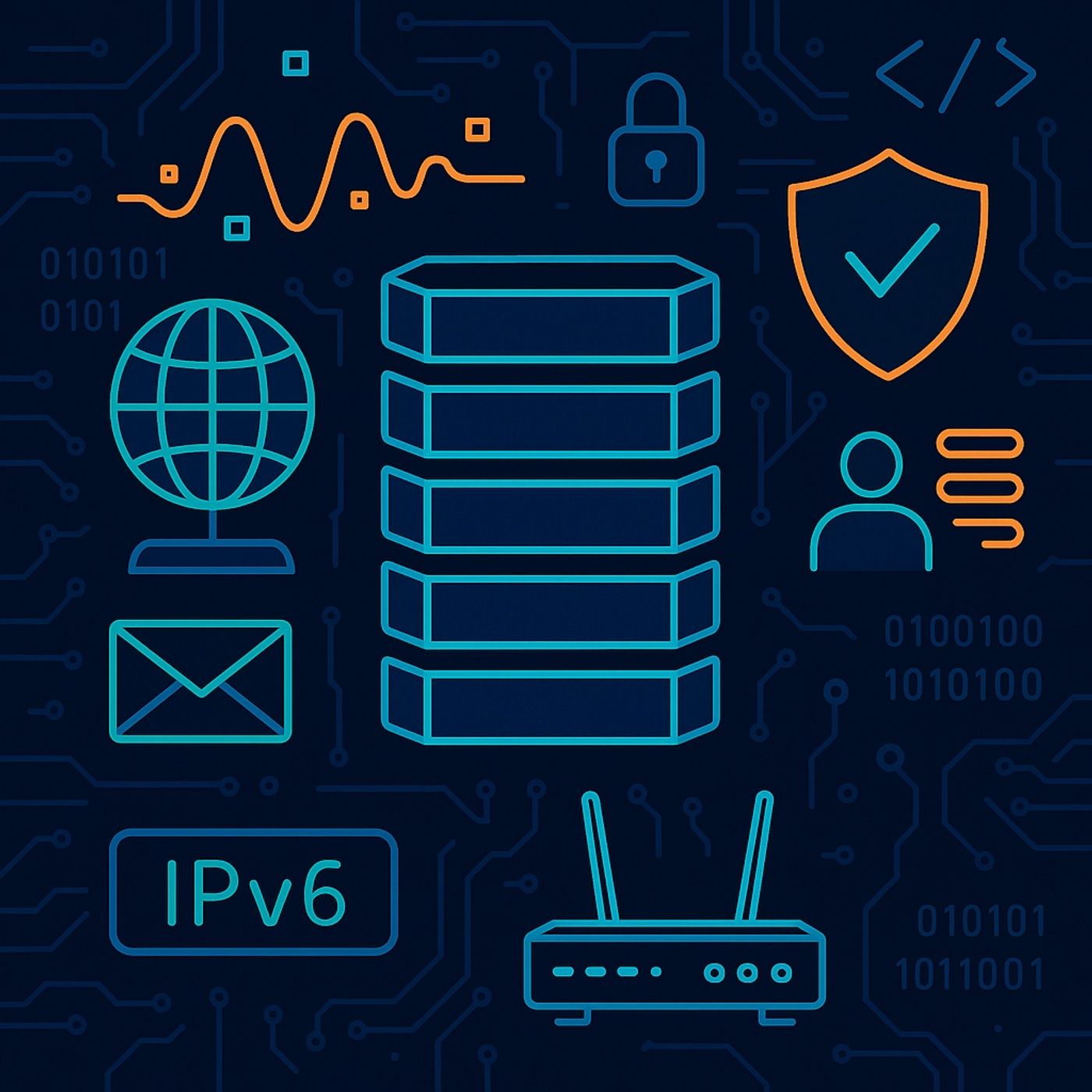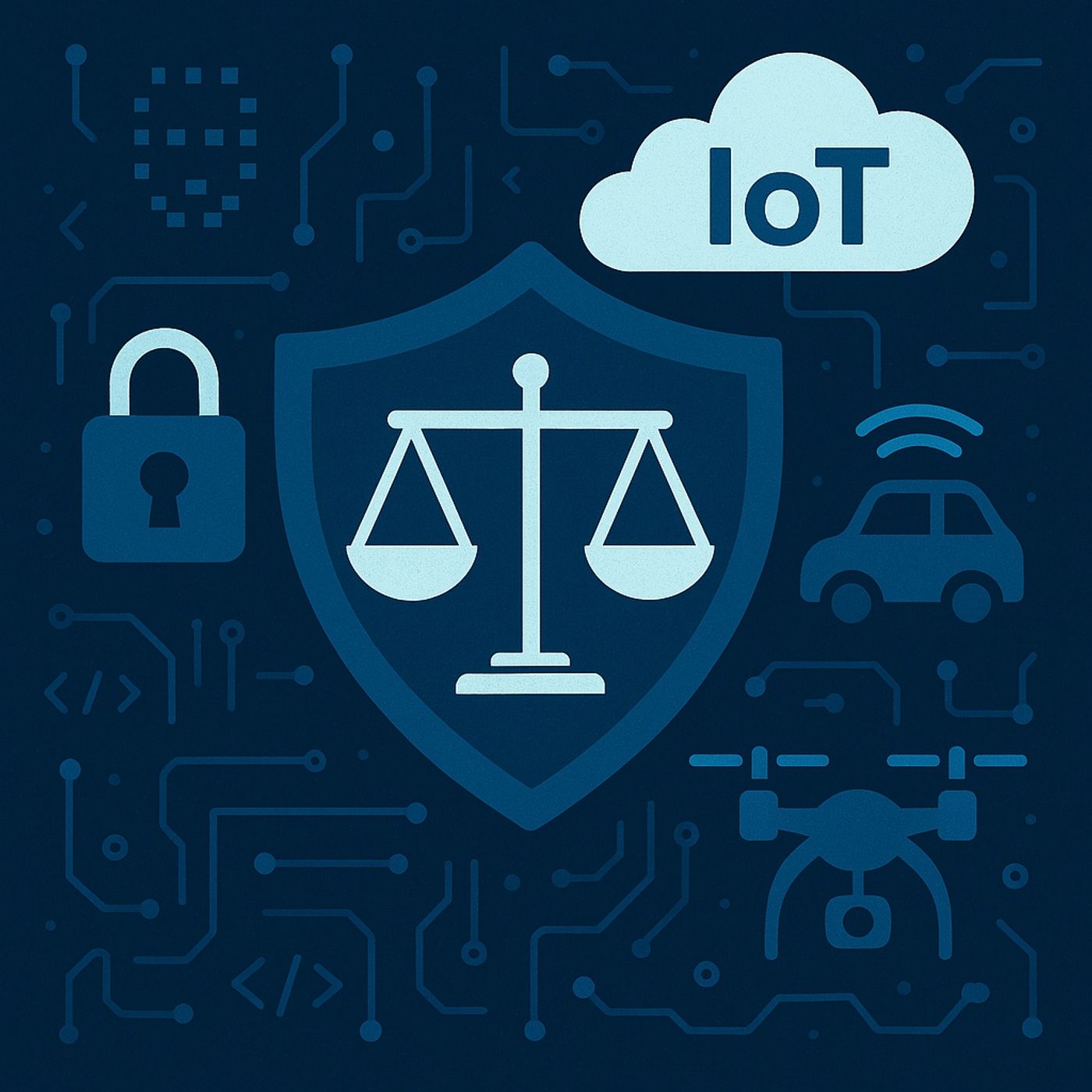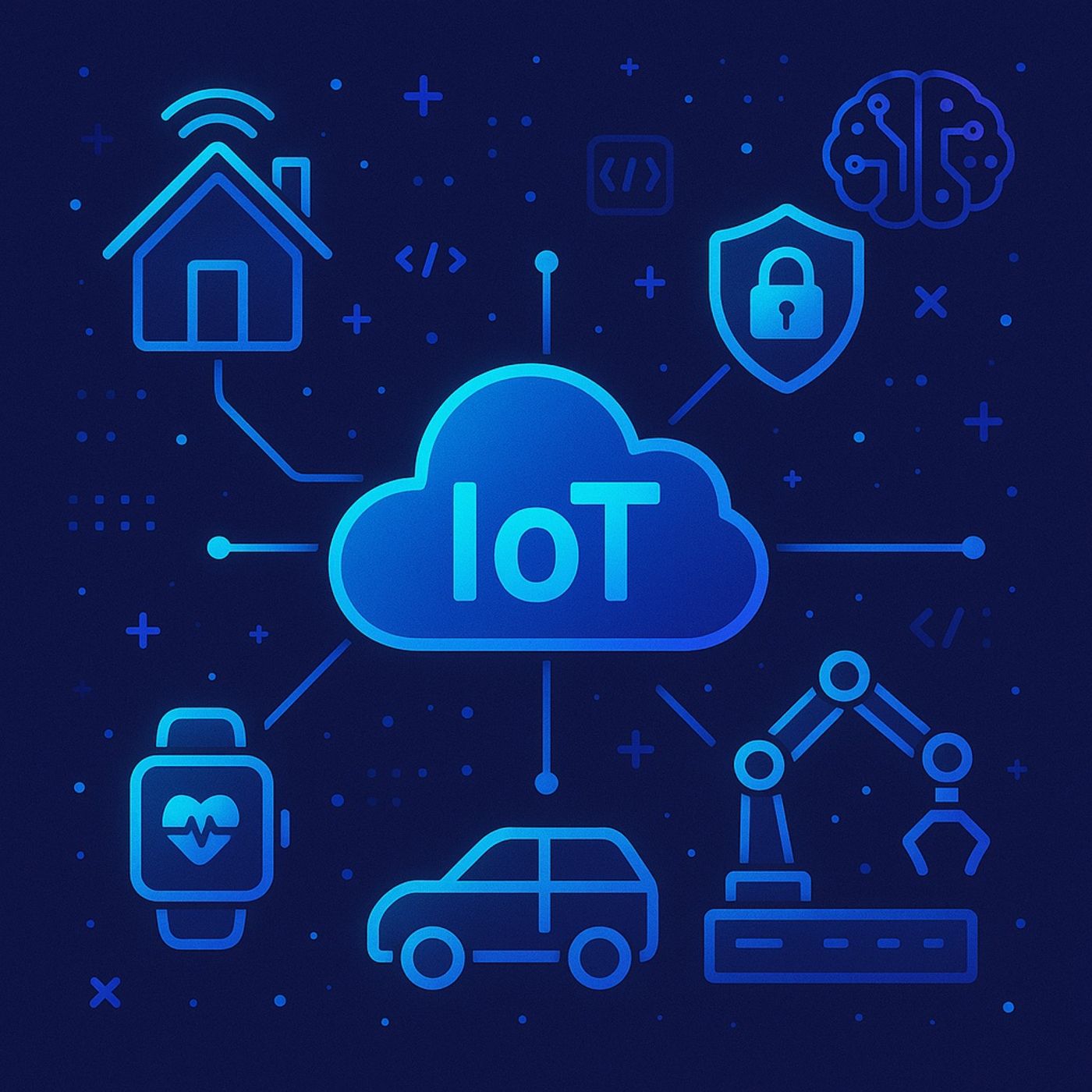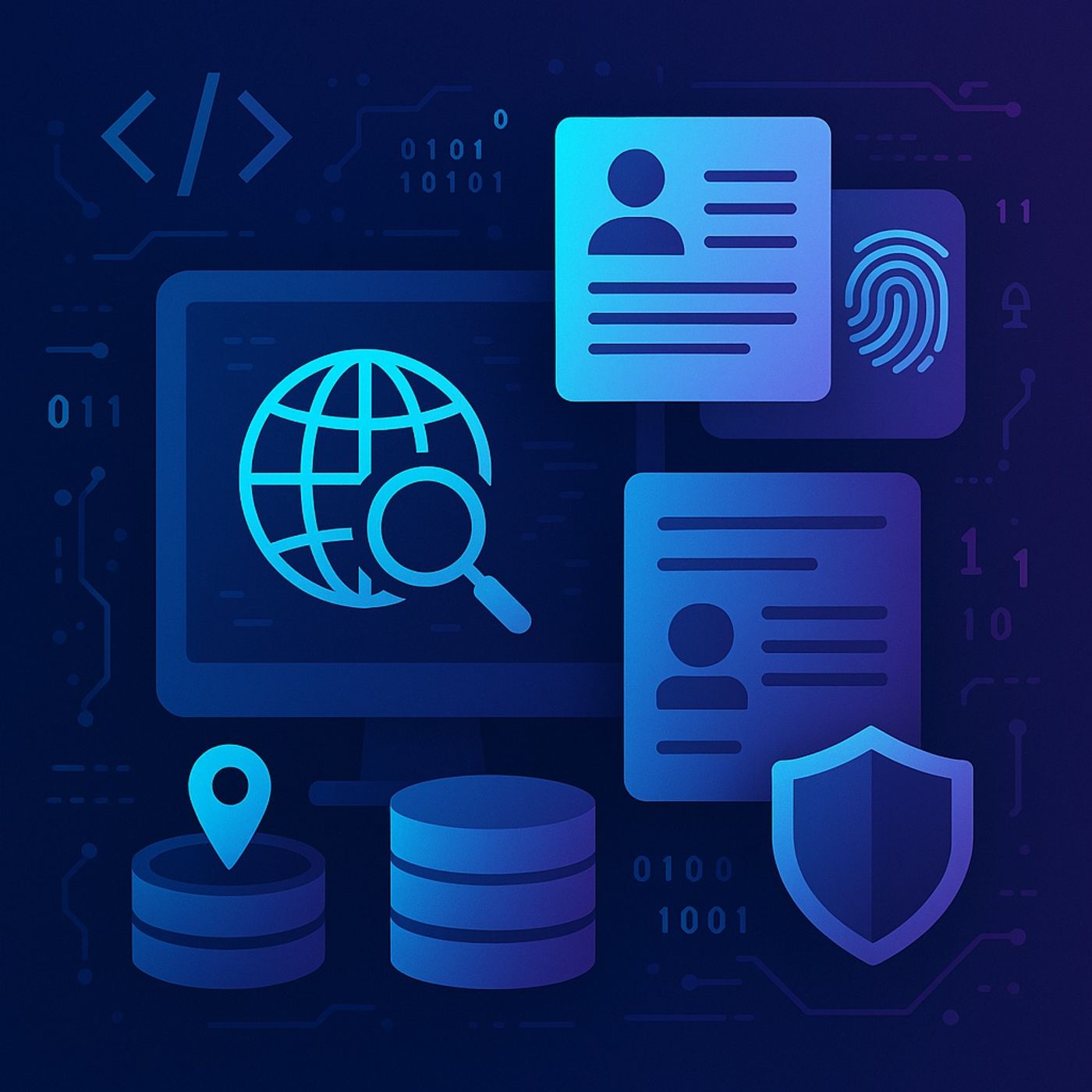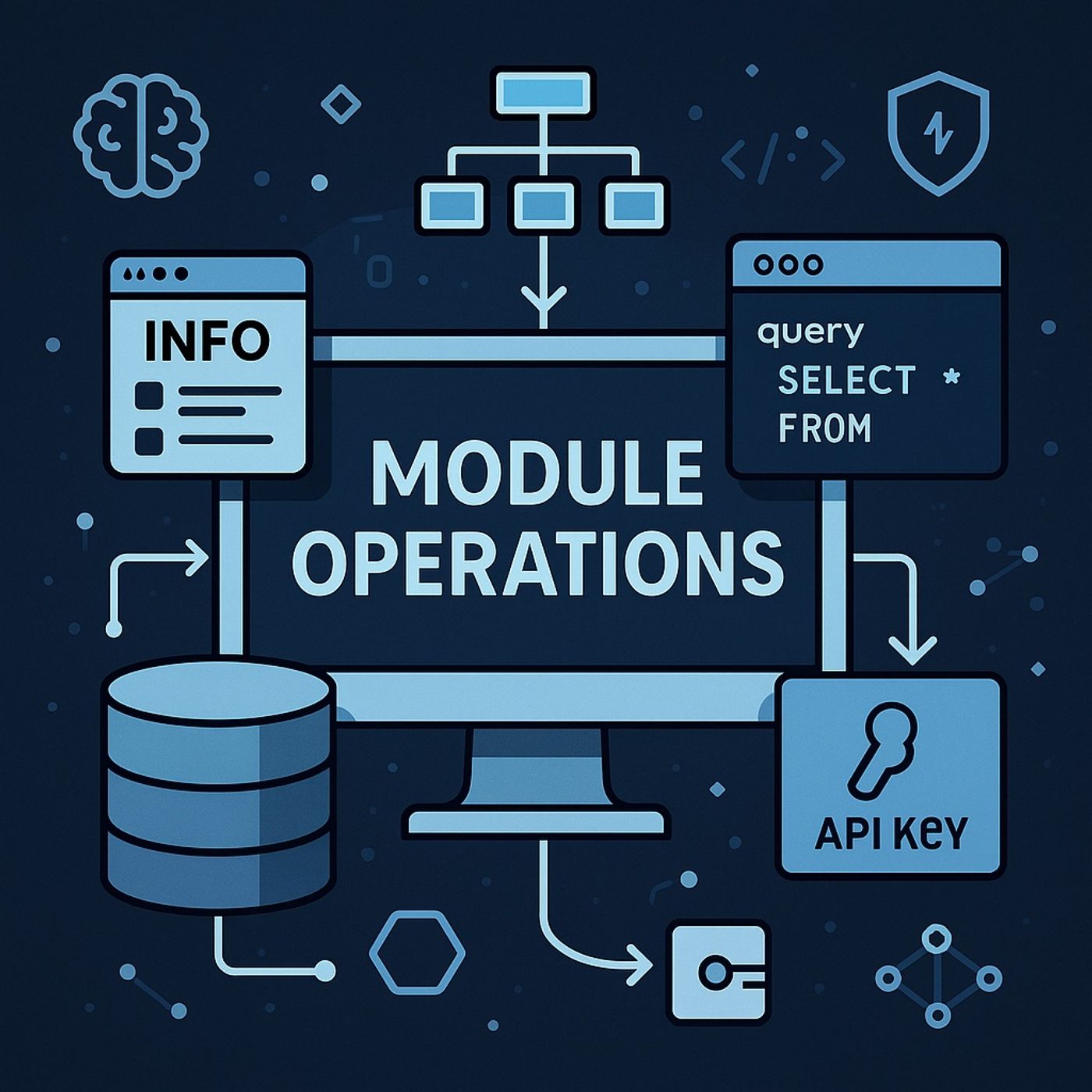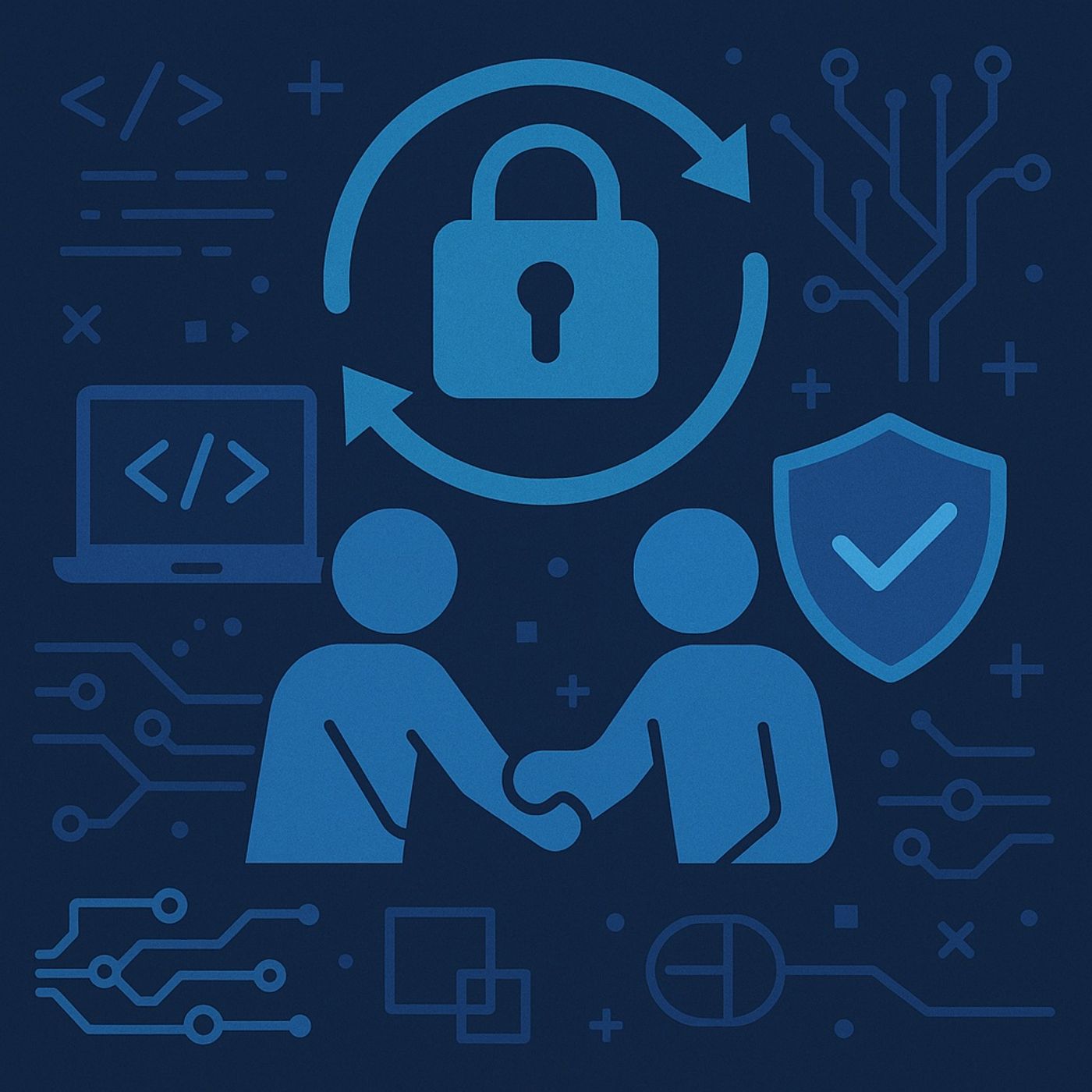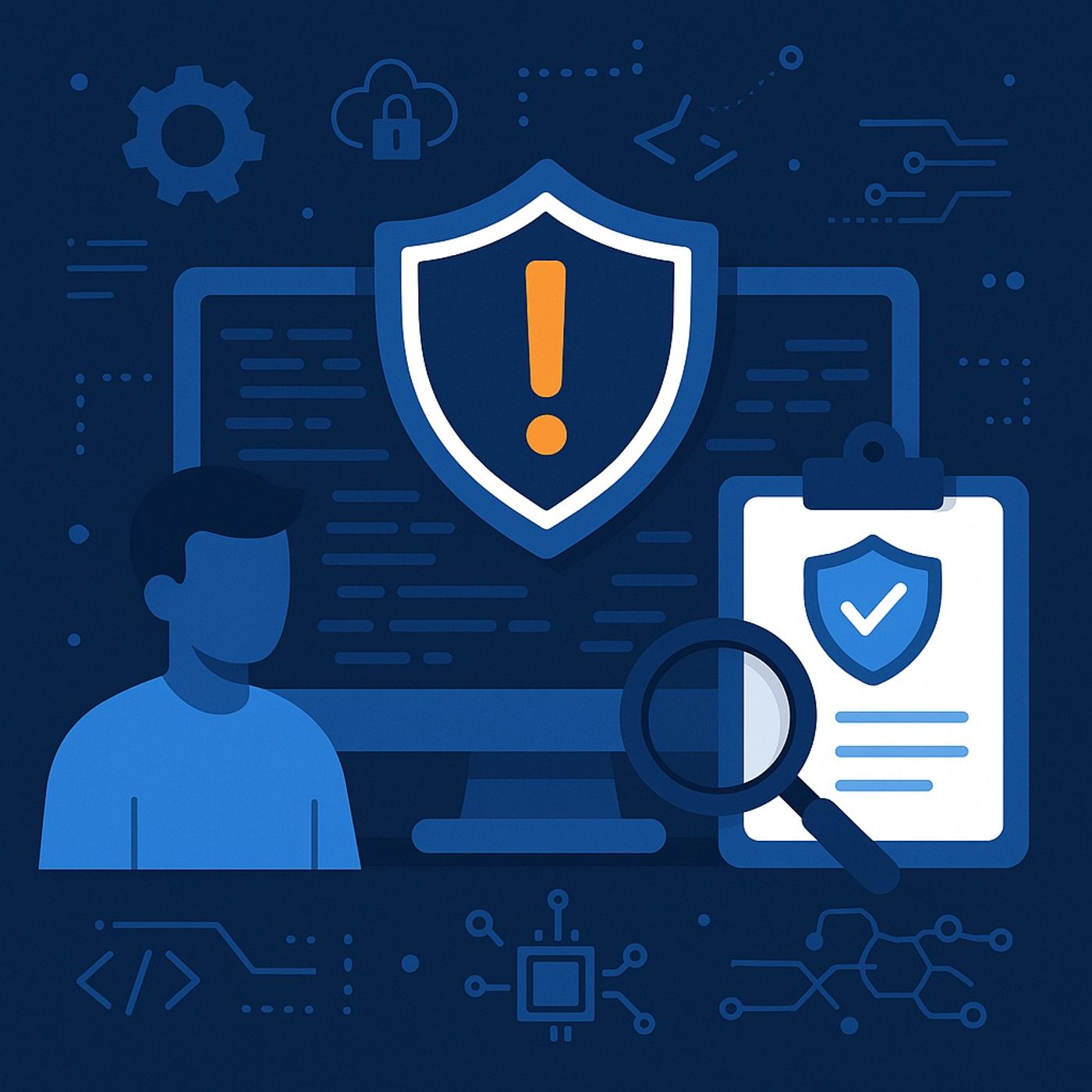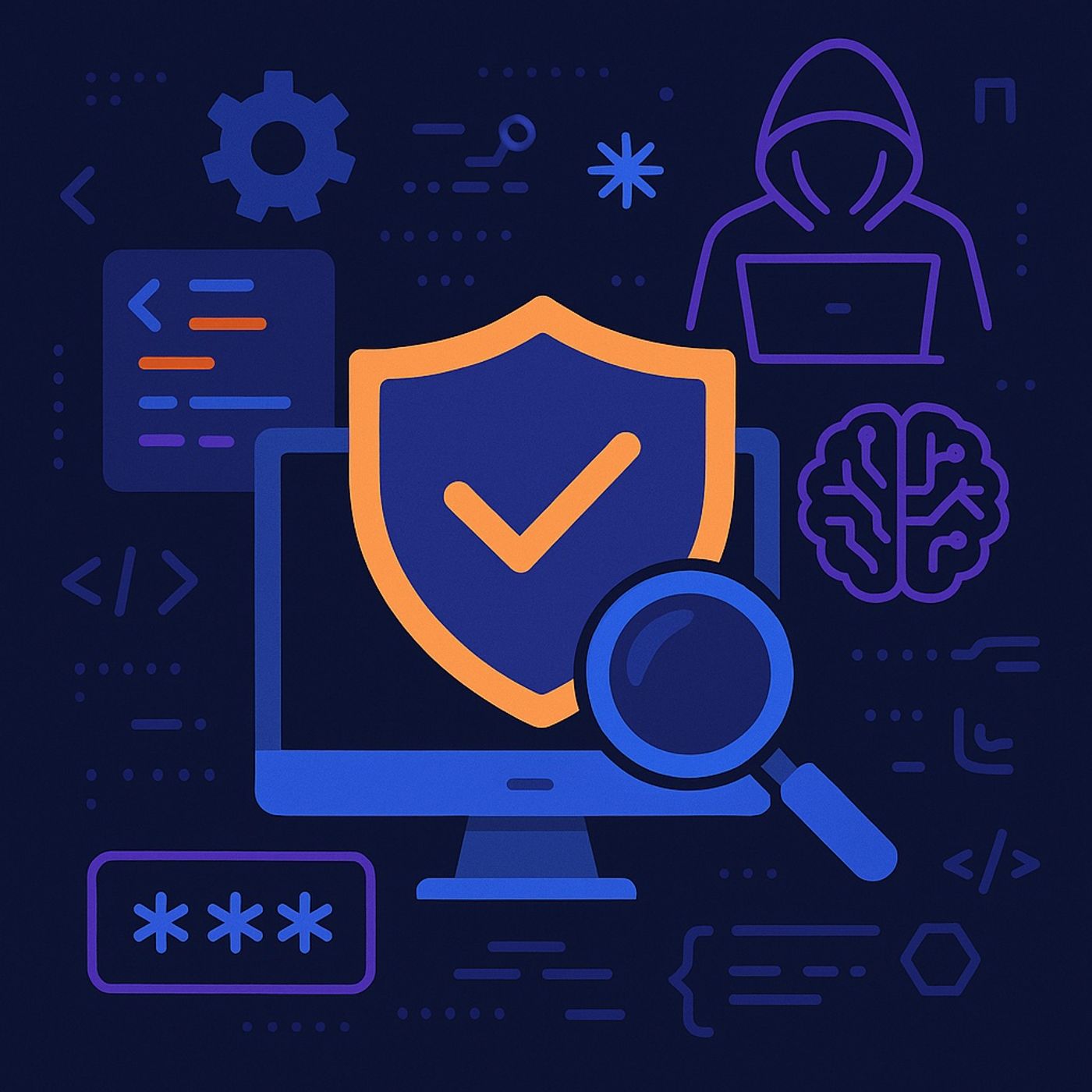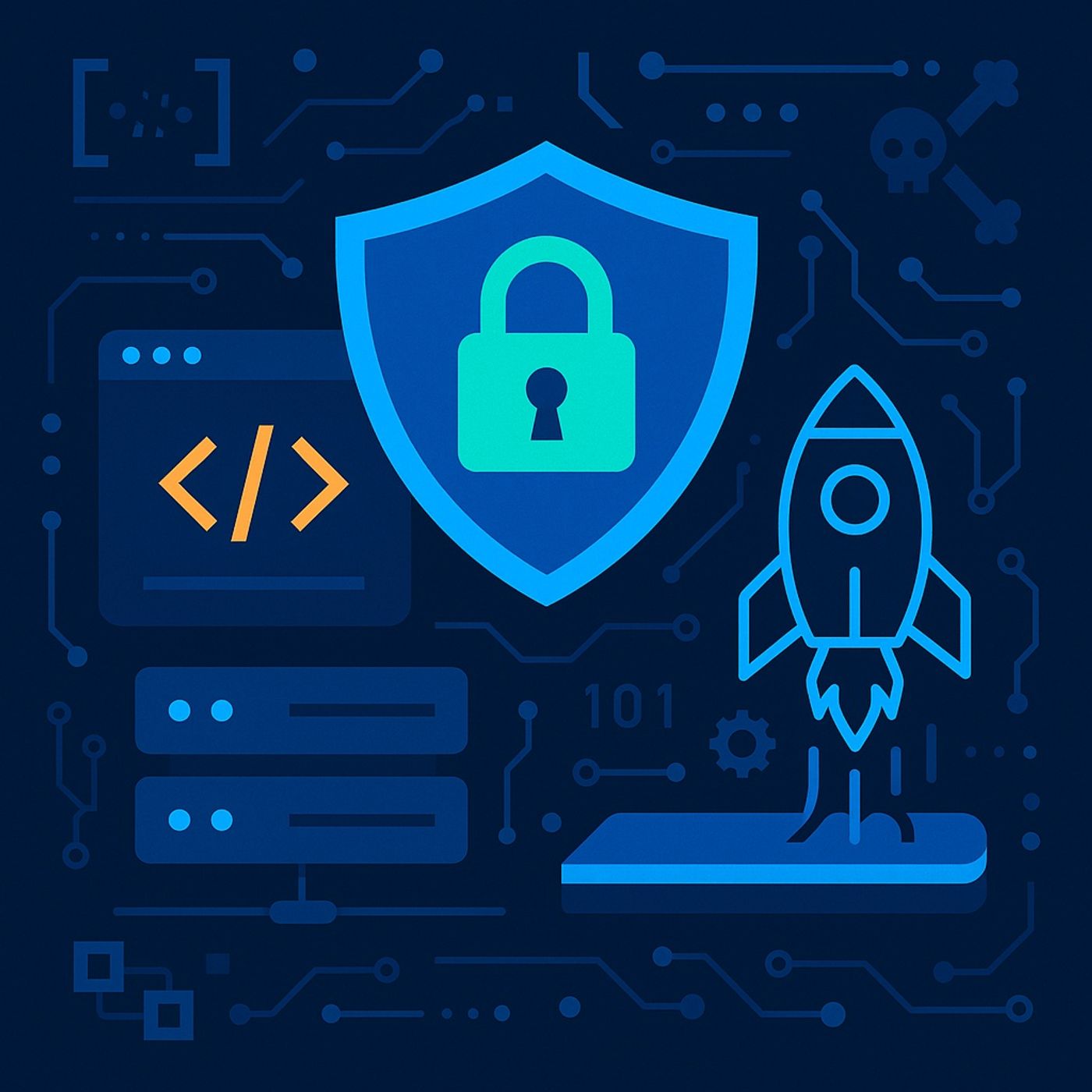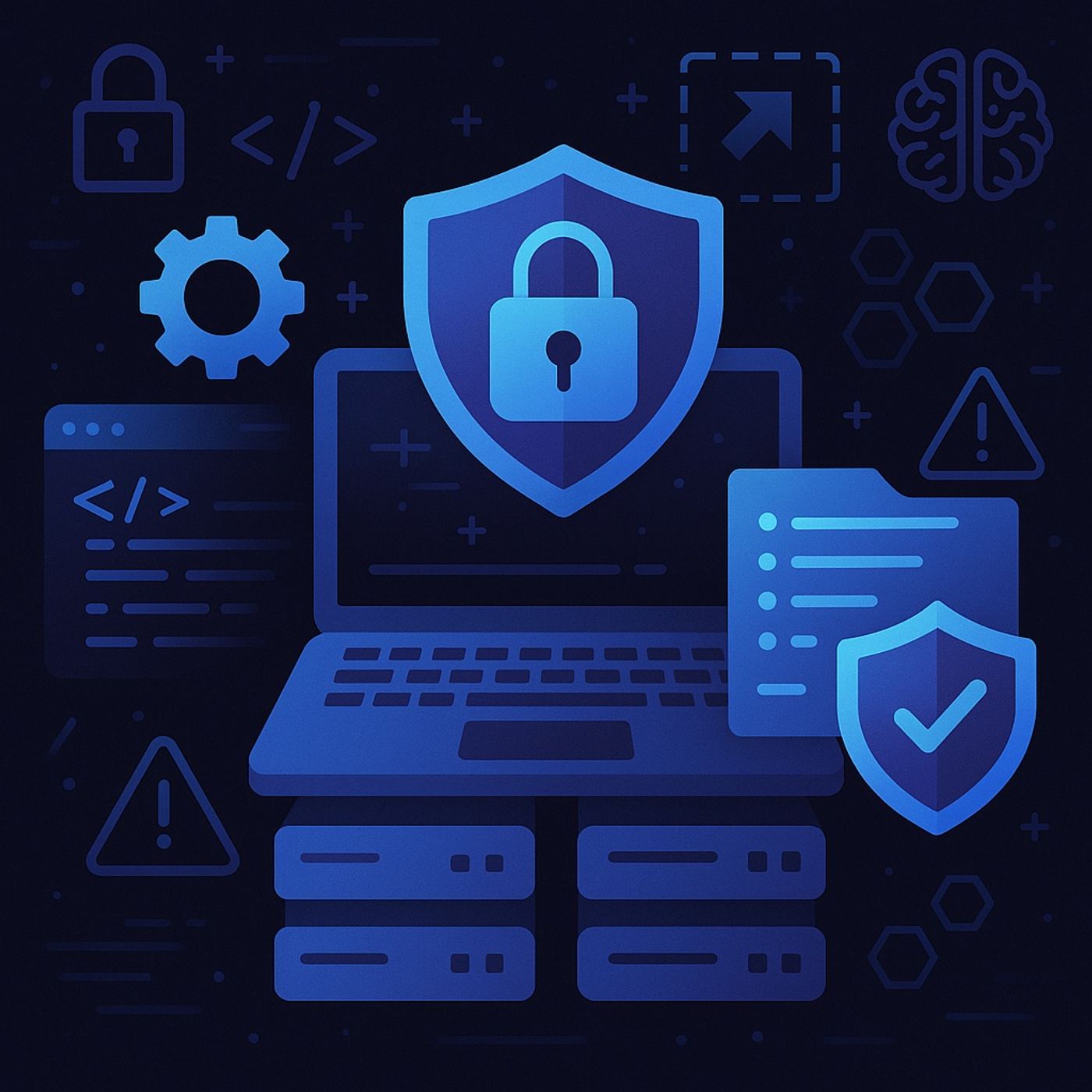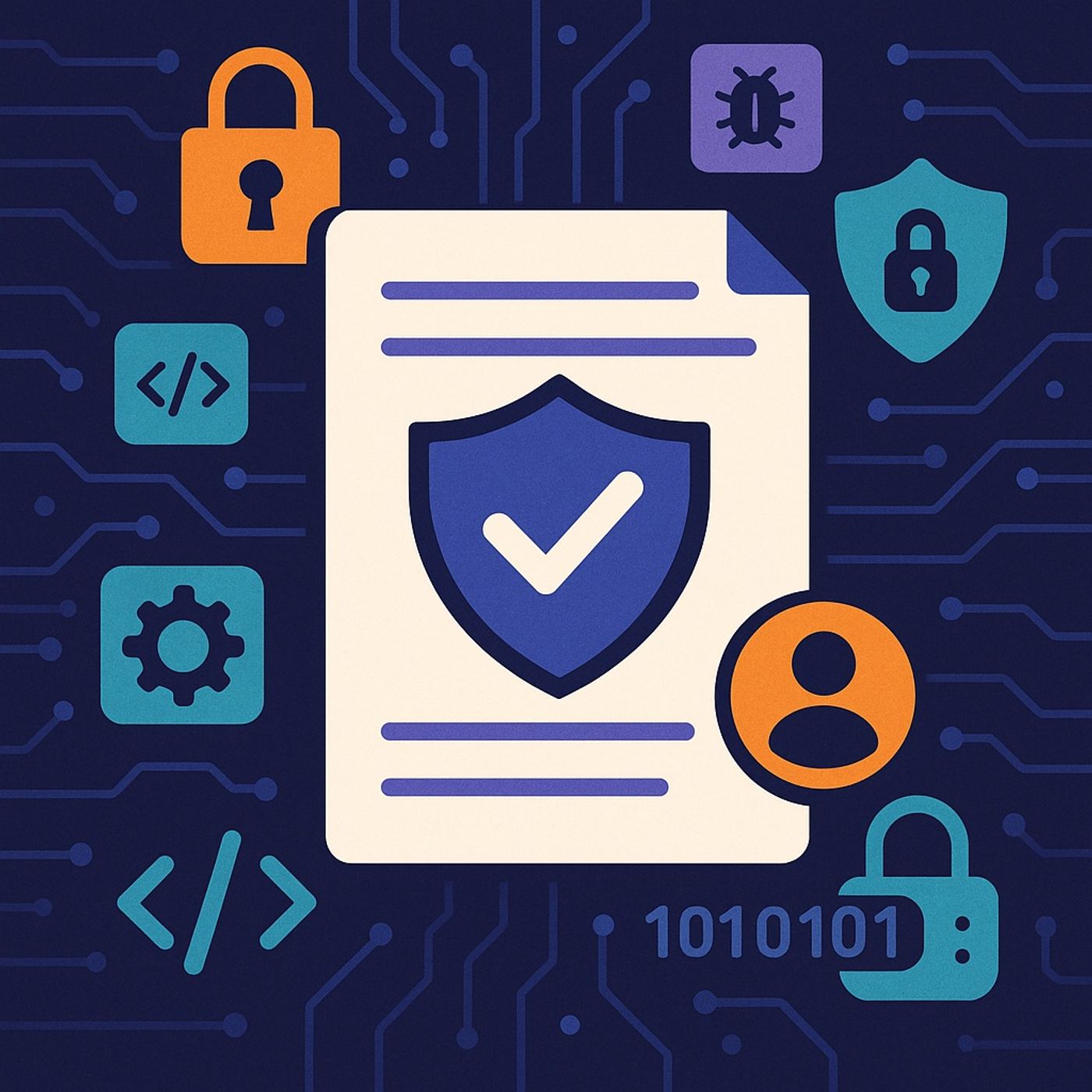Course 10 - Network Security Fundamentals | Episode 3: Firewalls and Intrusion Detection/Prevention Systems (IDS/IPS)
Update: 2025-11-24
Description
In this lesson, you’ll learn about:
Monitors connections to ensure they are legitimate but without inspecting full content. 3. Third Generation — Stateful Inspection Firewall Tracks the state of connections:
Filters based on specific applications or internet services (e.g., HTTP, FTP, SMTP).
Often used to inspect and regulate user behavior within applications. 5. Next Generation Firewall (NGFW) The modern standard offering advanced, combined capabilities:
Strong SLAs (Service Level Agreements) are required to ensure:
Monitors:
Monitors traffic flowing through switches, routers, and firewalls.
Ideal for detecting lateral movement or perimeter attacks. B. Detection Styles 1. Signature-Based Detection
You can listen and download our episodes for free on more than 10 different platforms:
https://linktr.ee/cybercode_academy
- Firewall fundamentals and their evolution across generations
- The role of firewalls in network perimeter defense
- Intrusion Detection and Prevention Systems (IDS/IPS) and how they operate
- Deployment models and detection methods for IDS/IPS
- Best practices for modern perimeter security
- IP addresses
- Protocols (TCP/UDP)
- Port numbers
Also known as screening routers.
Monitors connections to ensure they are legitimate but without inspecting full content. 3. Third Generation — Stateful Inspection Firewall Tracks the state of connections:
- Remembers which internal device initiated a session
- Allows only expected return traffic
Provides more contextual filtering than earlier generations.
Filters based on specific applications or internet services (e.g., HTTP, FTP, SMTP).
Often used to inspect and regulate user behavior within applications. 5. Next Generation Firewall (NGFW) The modern standard offering advanced, combined capabilities:
- Packet filtering
- Stateful inspection
- Deep Packet Inspection (DPI)
- TLS proxy and web filtering
- Quality of Service (QoS) controls
- Anti-malware integration
- Built-in IDS/IPS
Organizations today are strongly advised to deploy NGFWs due to their comprehensive feature set.
- Log events such as configuration changes and reboots
- Send logs to a central Security Information and Event Monitoring (SIEM) system
This ensures proper monitoring, auditing, and investigation of suspicious activity.
- Scans for malicious traffic
- Generates alerts (email, SMS, console alerts)
- Allows administrators to investigate manually
- Detects malicious activity
- Automatically takes action (e.g., blocks ports, drops traffic, changes rules)
- Essential for mitigating fast-moving attacks like DDoS or ICMP-based floods
Strong SLAs (Service Level Agreements) are required to ensure:
- Prompt alerting
- Accurate monitoring
- Proper response times
Monitors:
- Local firewall logs
- System changes
- Suspicious local activity
Monitors traffic flowing through switches, routers, and firewalls.
Ideal for detecting lateral movement or perimeter attacks. B. Detection Styles 1. Signature-Based Detection
- Compares traffic to known attack signatures
- Effective against well-known malware or attack patterns
- Requires frequent signature updates
- Establishes a baseline of “normal” network behavior
- Uses statistical analysis or machine learning
- Flags deviations that may indicate attacks
Useful for detecting zero-day threats and unknown malware.
- Snort
- OSSEC
- SolarWinds SEM
- Risk assessments
- Organizational security goals
- Network architecture
- Compliance requirements
You can listen and download our episodes for free on more than 10 different platforms:
https://linktr.ee/cybercode_academy
Comments
In Channel



